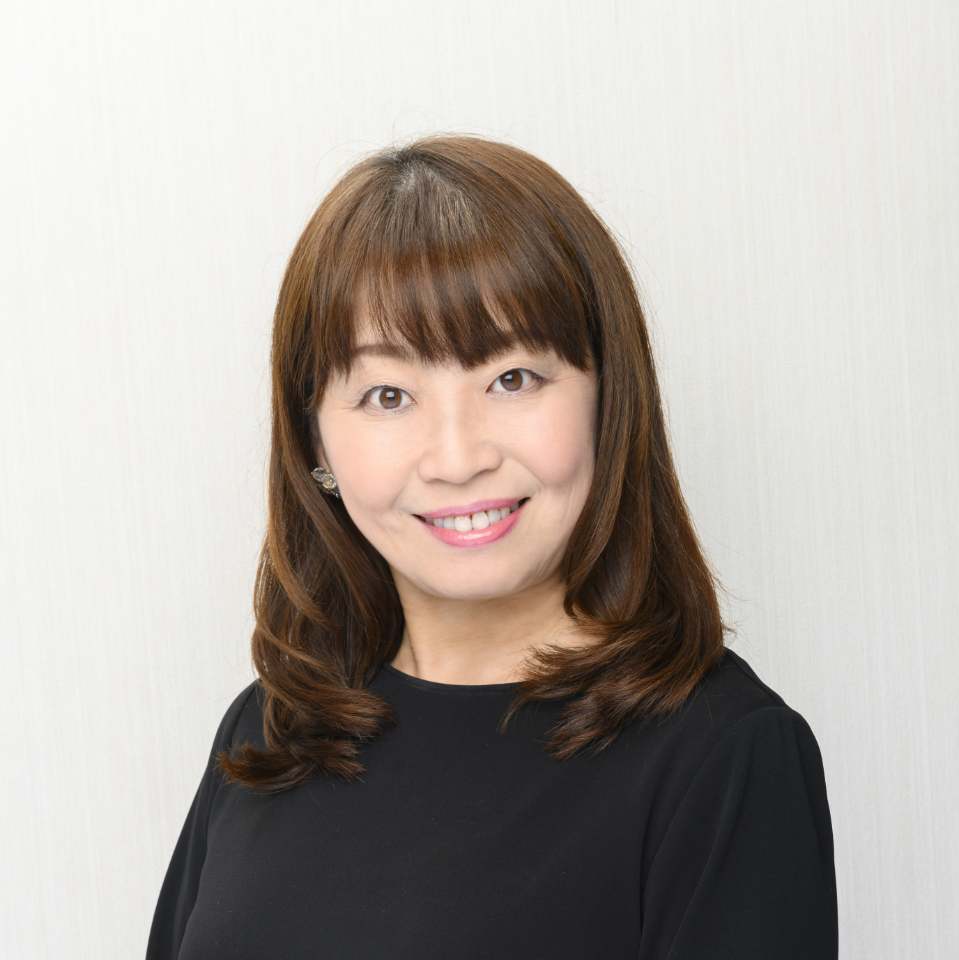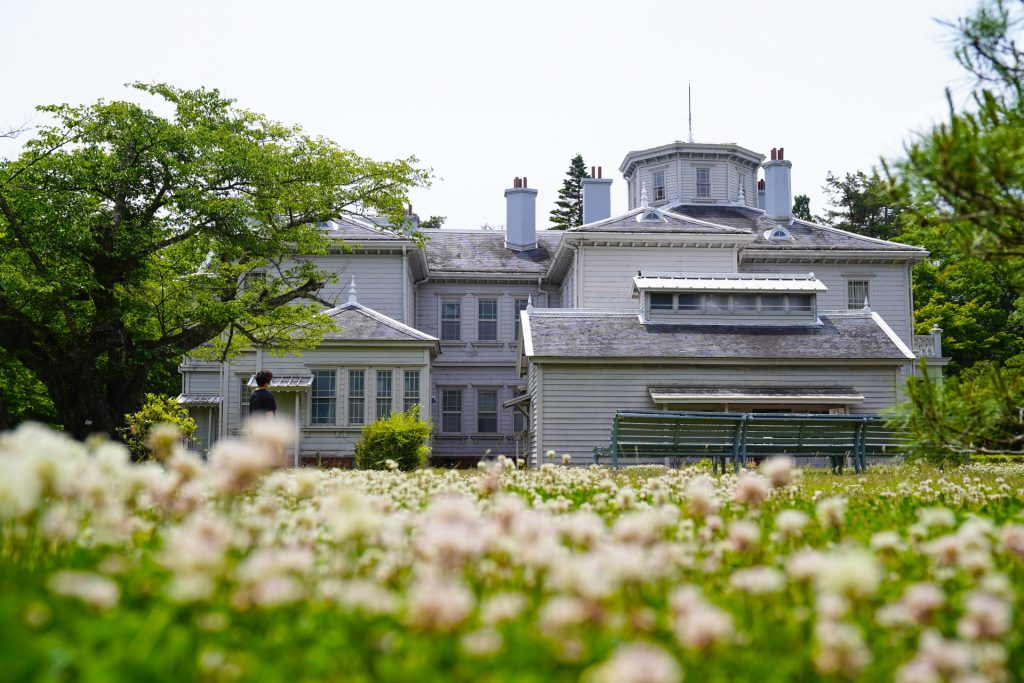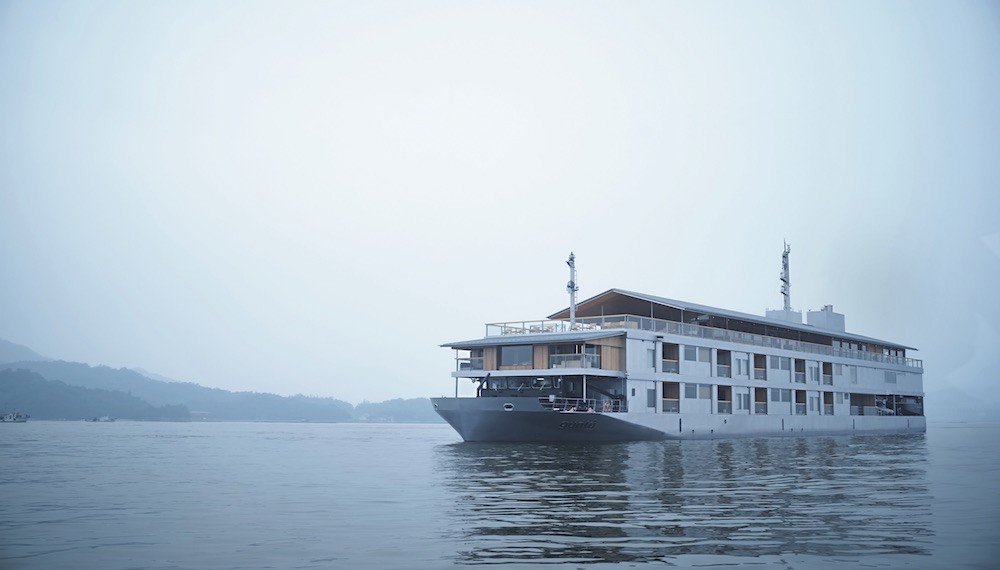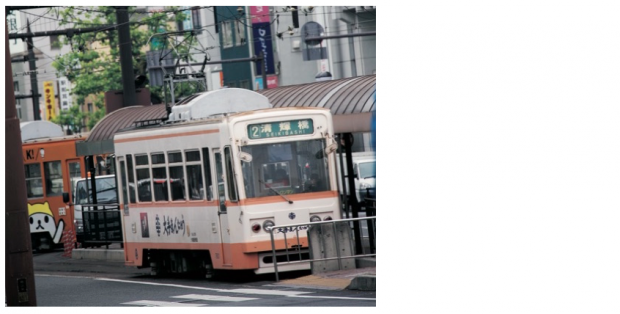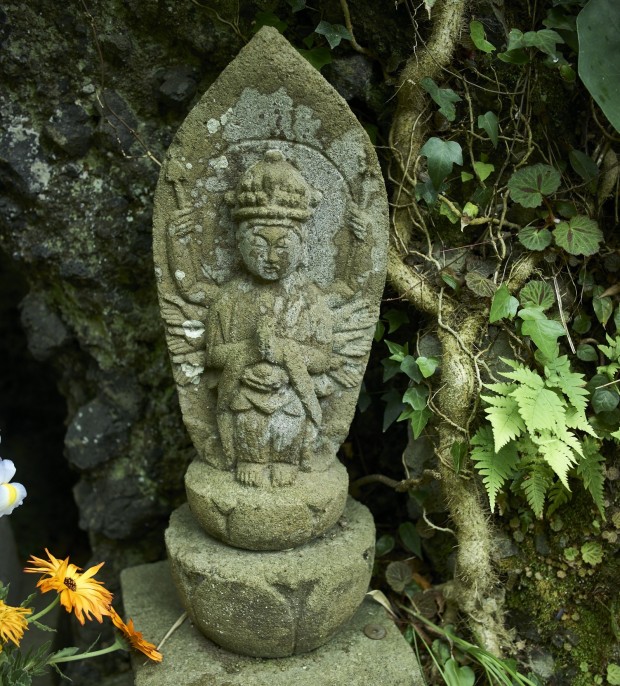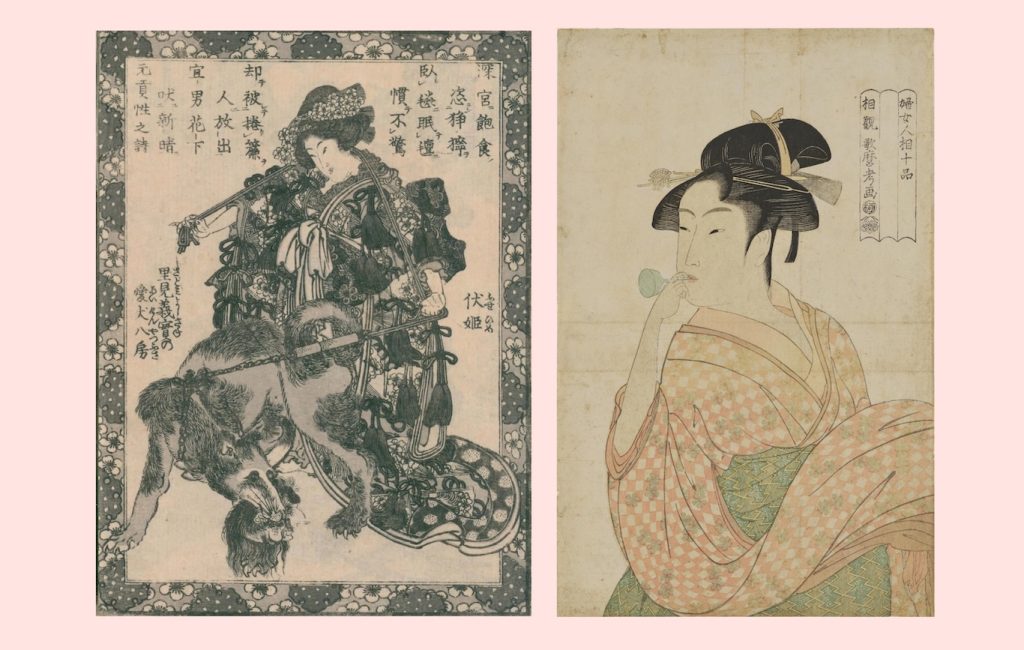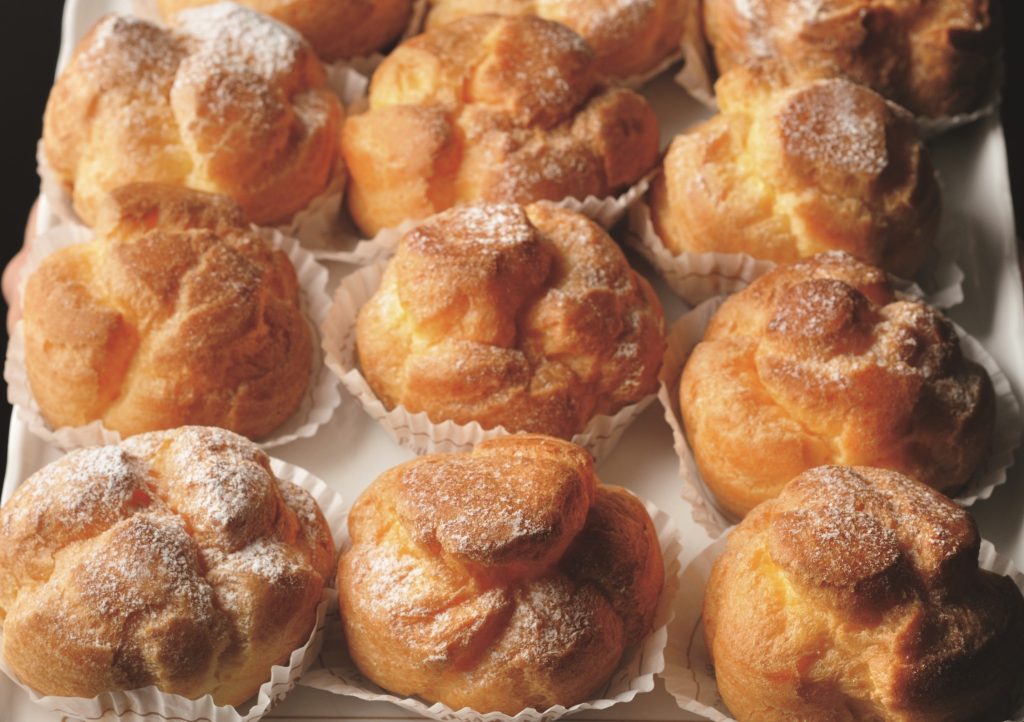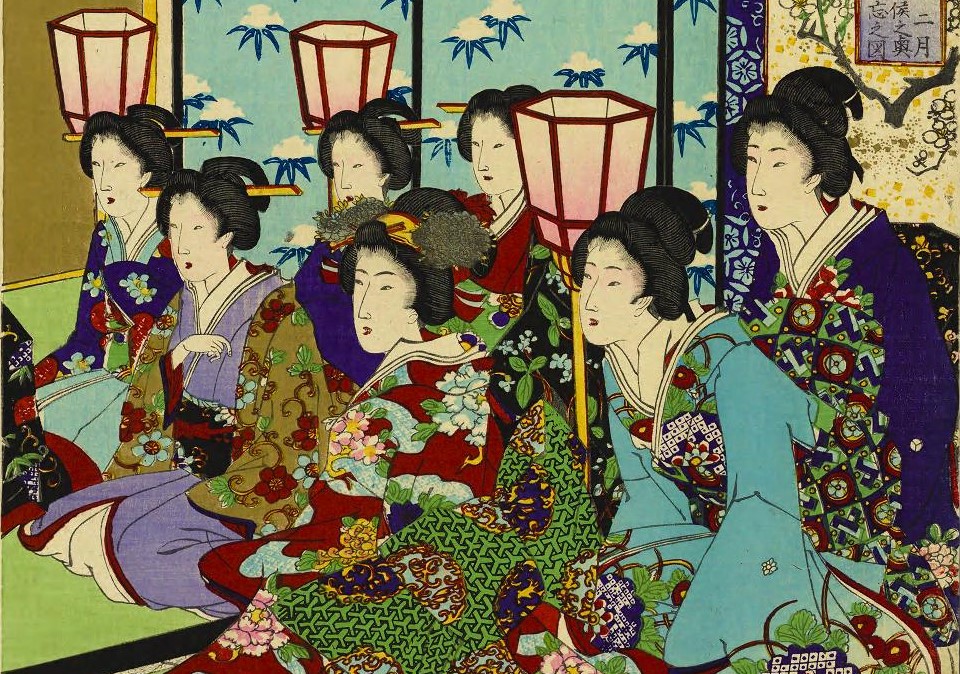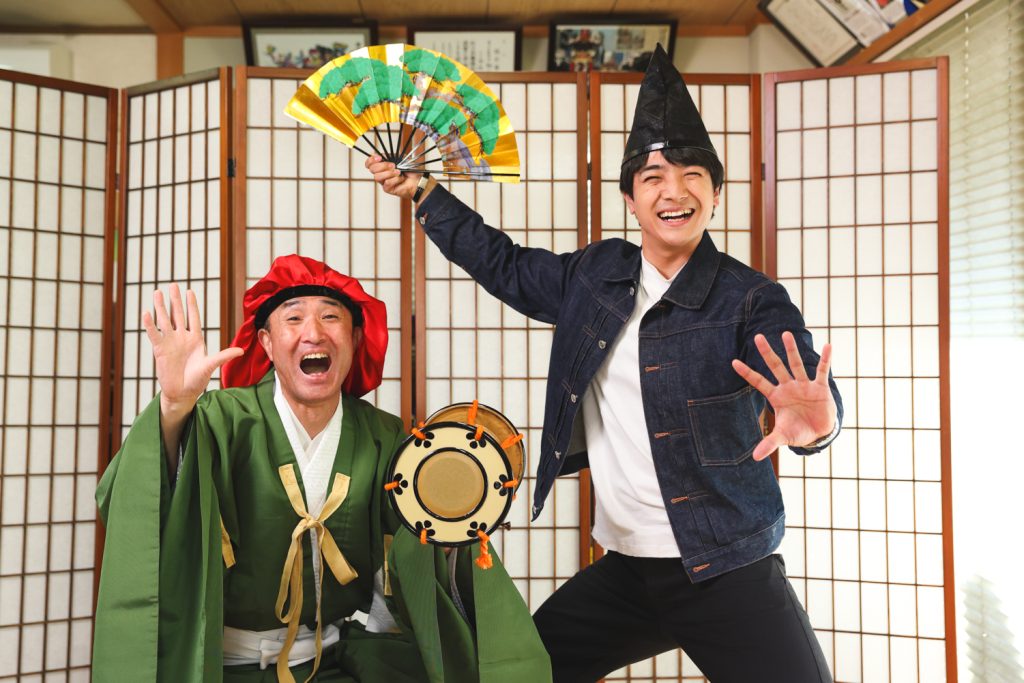‘Did you get the idea?’
A huge sand painting of the Kanei Tsuho (寛永通宝) is located in Kan-on-ji (観音寺) City, Kagawa (香川) Prefecture, where such a message might appear. The name of the city is Kan-on-ji, not Kan-non-ji. Locals have long been told that those who see the sand art will become rich, and it is said to be attracting attention as a ‘power spot’ (a location thought to have special spiritual energy) where some super-lucky billionaires have actually emerged. Once you hear you have a chance to improve your luck with money, there is no time to waste. Time is money! We headed there immediately to delve into this mystery.
Who made the sand art, when and for what purpose?
A five-minute taxi ride from JR Kan-on-ji Station will take you to Kotohiki (琴弾) Park. The white sand and green pine trees in the park include a pine tree called ‘Neagari no Matsu (根上りの松)’, which is said to bring good luck. This is a good omen. ……
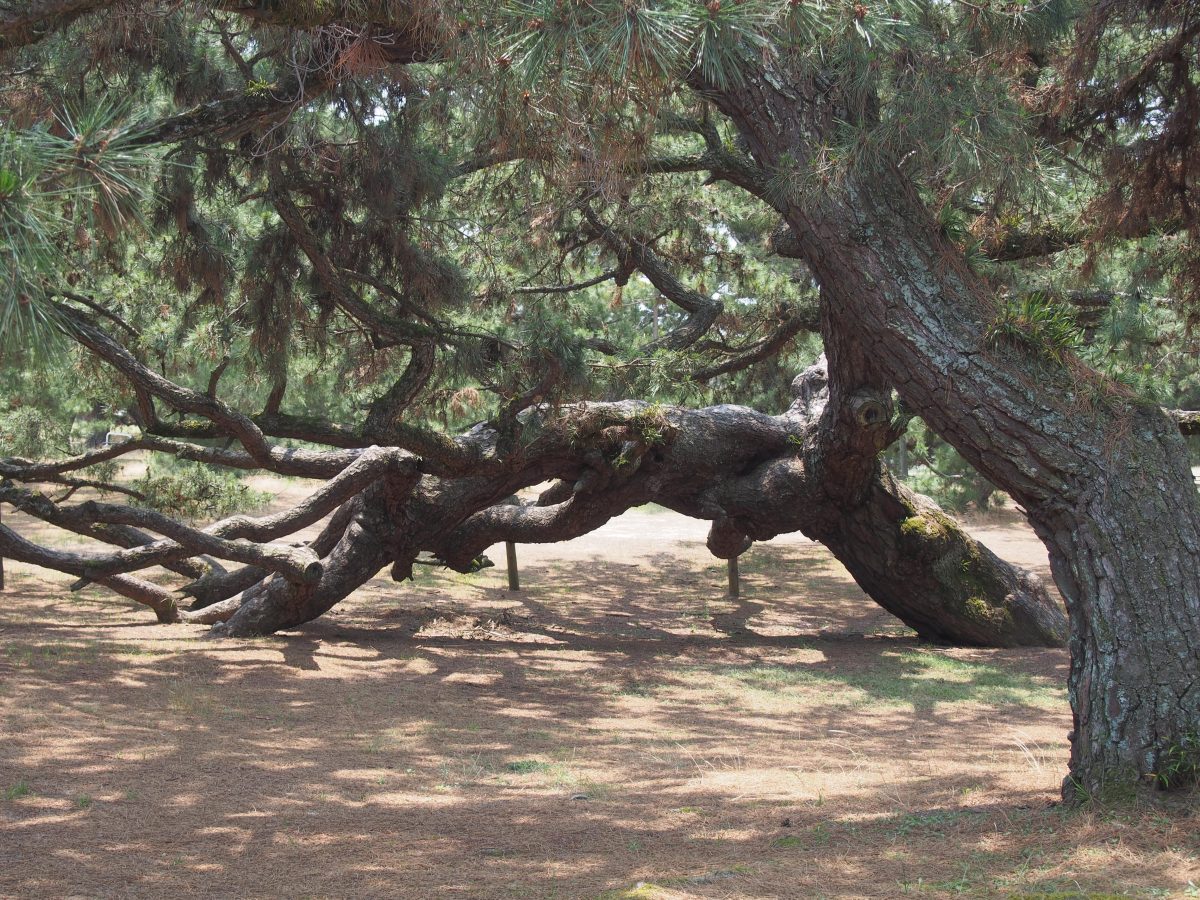
After a short stroll through the pine grove, you arrive at a sand painting on the white sand of Ariakehama (有明浜) Beach. The Kanei Tsuho, clearly visible on the beach, is a huge oval shape measuring 122 m in length, 90 m in width and 345 m in circumference, and the entire sand art can only be seen from the observatory at the top of the mountain.
Who made these huge sand paintings, when and for what purpose? Theories are varied, even among researchers, but as no official documentation has survived, the facts are in the sand… or darkness. The fact that the origins of such a large-scale sculpture are completely unknown is like that of the Nazca Lands.
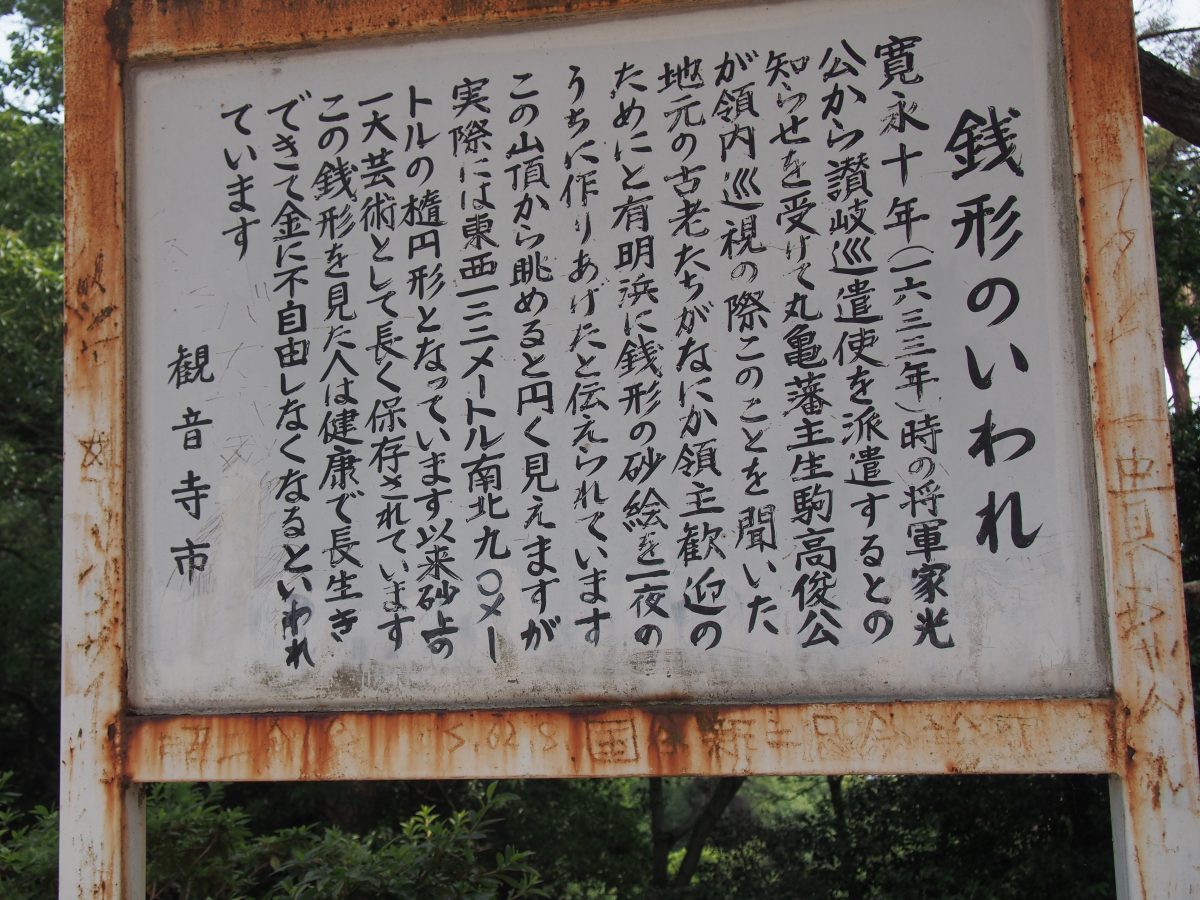
The theory that the giant sand art were created overnight
According to a display by the city and tourist association, ‘It is said to have been carved overnight by the villagers to welcome the Lord Ikoma Takatoshi (生駒高俊), lord of Takamatsu (高松) at the time, on his tour of the prefecture in 1633’. A plaque on the observatory also states the same. However much it may have been done to welcome the lord, how could such a huge sand painting have been created in a single night? In addition, the Kanei Tsuho did not come into circulation until three years later, in 1636 (Kanei 13), and there is no record of a visit by Lord Ikoma. Mystery after mystery.
Another theory is that it was built at the end of the Edo period. According to the History of Kan-on-ji (compiled in 1962), when the Shogunate ordered the clans to increase their coastguard, the Marugame (丸亀) clan decided to build two gun batteries, one in Shonai (荘内) and the other in Ariakehama, and when Kyogoku Akiyuki (京極朗徹) visited the city, the magistrate had them dug to ‘entertain the lord of the clan’. However, this theory also suggests that if the lord was to be welcomed, wouldn’t he have used his family crest or something similar? Why dig up a coin shape of all things? This is a question mark even among researchers. There is also a theory that the sand painting originally depicted a gourd, the symbol of the Toyotomi (豊臣) family, rather than a coin shape. The Ikoma family was pro-Toyotomi at the time and wished to revive the Toyotomi family after the Tokugawa Shogunate came to power, and there is a theory that they hurriedly changed it to the current coin shape so that the gourd, a symbol of the overthrow of the shogunate, could not be found during a Shogunate inspection tour in 1633. It is a wonder that they were able to do so in time despite their haste.
All that remains are photographs from the Meiji era
According to Fujiwara Masakiyo (藤原正清), former secretary-general of the tourist association, “The only certainty is that there are still photographs said to have been taken in 1900. Symposiums were held in Kanonji City twice, in April 1987 and January 2019, and various theories were put forward, but no conclusions have been reached as no literature has been found to prove them”. I have a feeling that it would be more fun if the mystery remained a mystery.
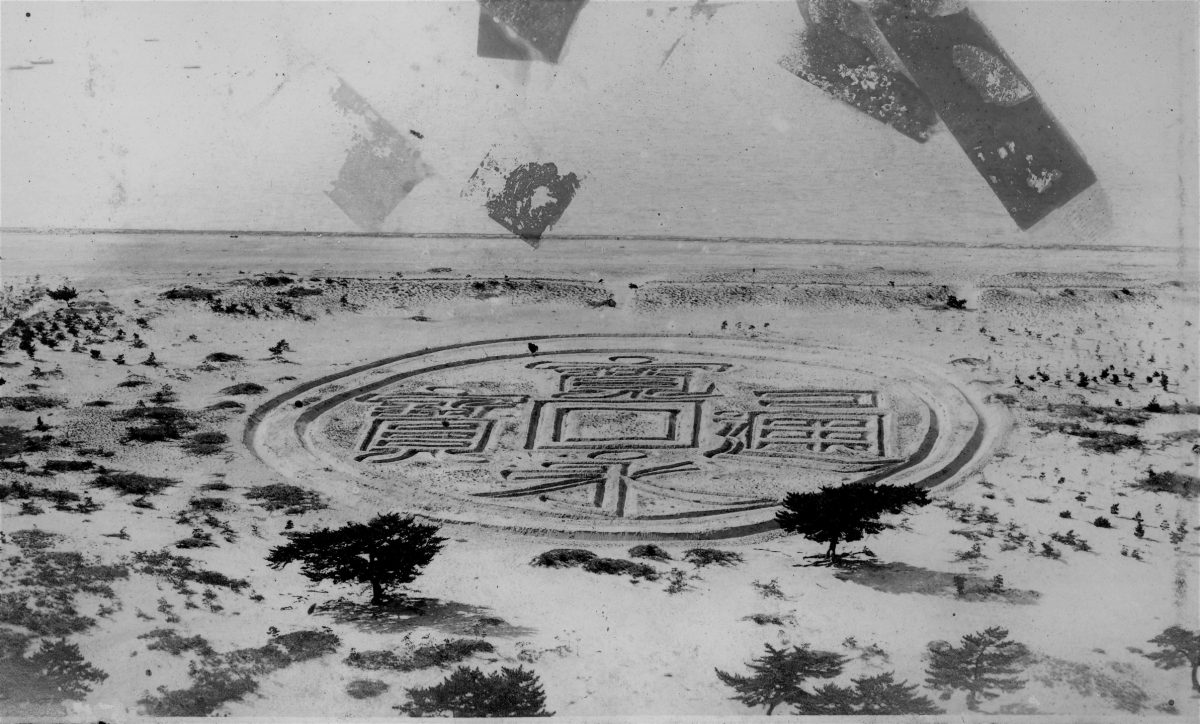
Now then, it is time to climb to the viewing platform at the top of Mt Kotohiki, where the sand art can be seen most clearly. The summit can be reached along a one-way road or from the main shrine at the top of the 381 stone steps of the adjacent Kotohiki Hachiman-gu (琴弾八幡宮) Shrine.

According to the legend of Kotohiki Tenmangu (琴弾天満宮) Shrine, in 703, a boat appeared on the shore on a night when a storm had passed, and people, enraptured by the strange koto (琴) music, pulled the master of the koto up to the top of the mountain with the boat, built a temple and enshrined Kotohiki Hachiman-gu Shrine. As the deity of the koto, the shrine is visited by many people as a god of craftsmanship and victory, and is also the setting for Takizawa Bakin (滝沢馬琴) ‘s ‘Chinsetsu Yumiharizuki (椿説弓張月)’. A stone staircase behind the main shrine leads down to a viewing platform.
Is this the opening film of a nostalgic historical drama?
Climb to the top of a rock called Zo-ga-hana (象が鼻) at the observatory, and a spectacular view of the calm Setonaikai (瀬戸内海) Inland Sea and the beautiful pine barrens spreads out below you. The beautiful scenery is backed by a magnificent sand art in the shape of a coin engraved with the words ‘Kanei Tsuho’. The sand painting is actually oval in shape, but from the viewing platform it appears to be a perfect circle. Who would have thought of such an elaborate design? And if you are a fan of historical dramas, you will know what I mean. This sand painting appeared in the opening scene of the film ‘Zenigata Heiji (銭形平治)’ starring Kitaoji Kinya (北大路欣也). The filming of the main character Heiji doing a catch was also filmed at this location.
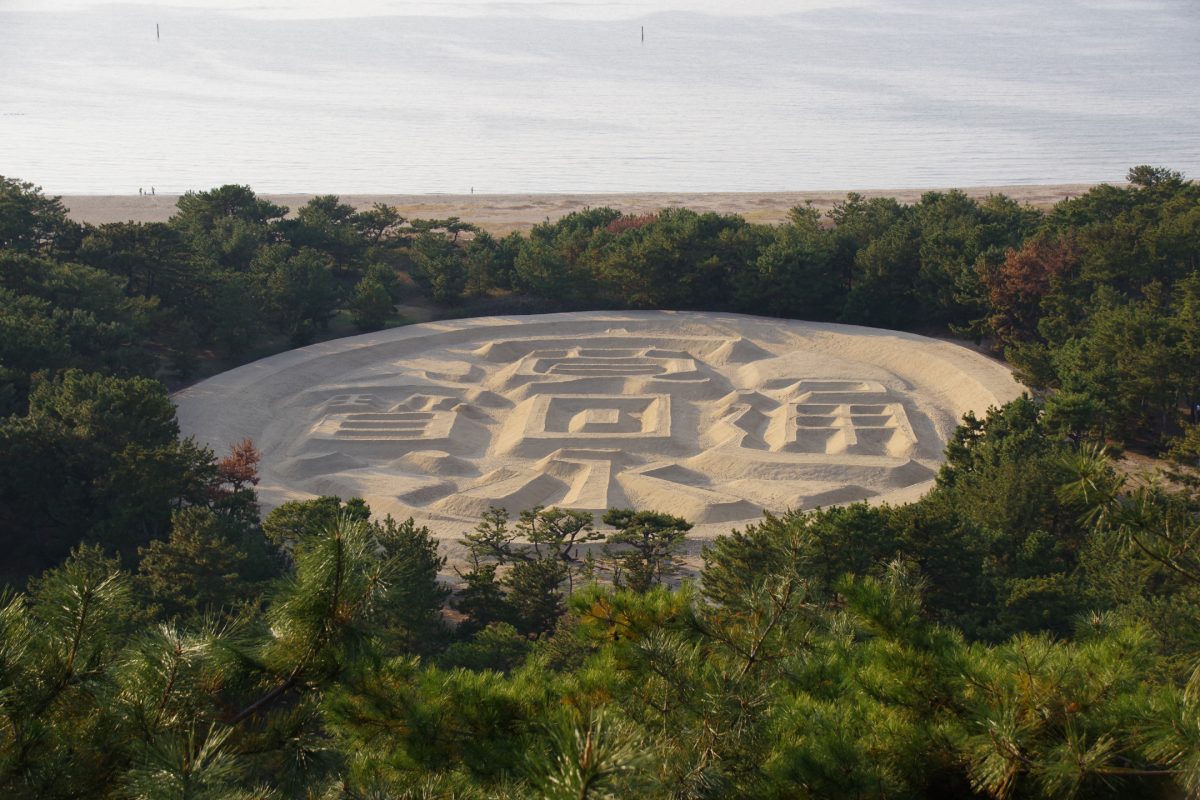
The spectacular illuminations are not to be missed
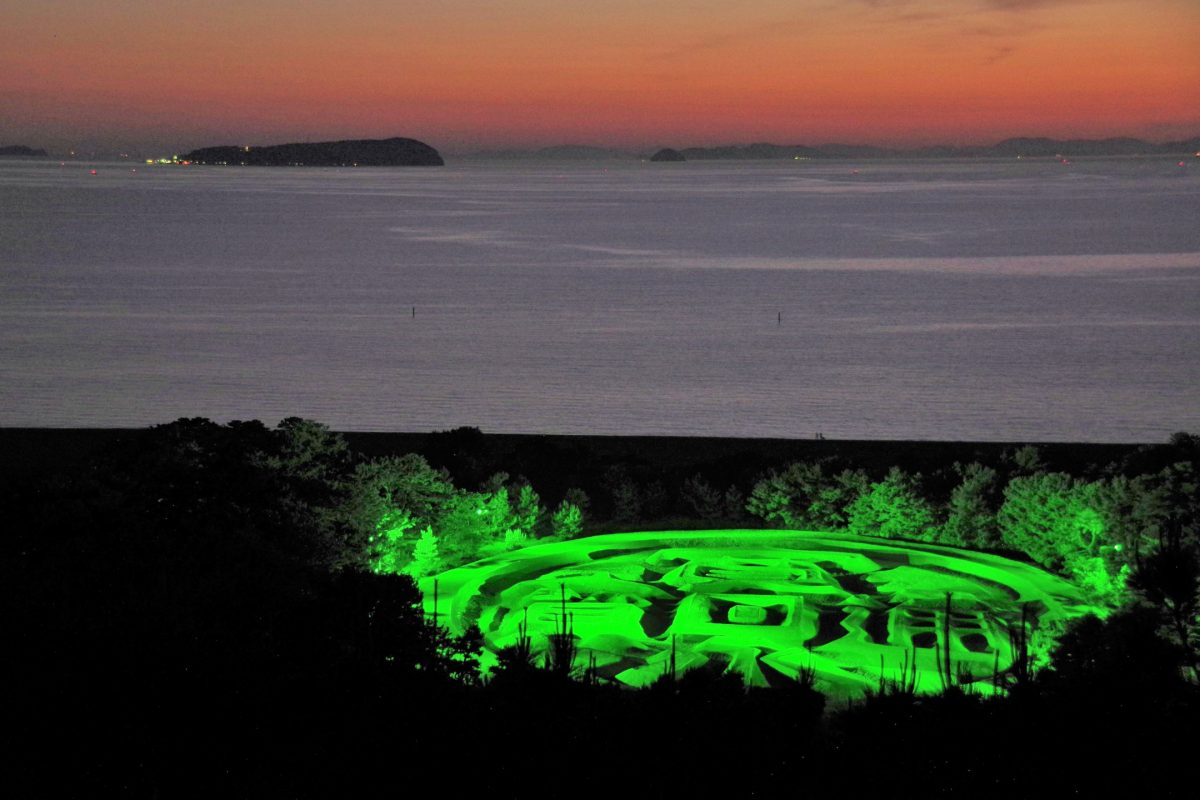
The best time to see it clearly is around 2pm when the weather is good, and also when it is lit up from sunset to 10pm. Normally green, but for limited periods it can be lit up in gold or blue.

‘Sunazarae’ by citizens and tourists
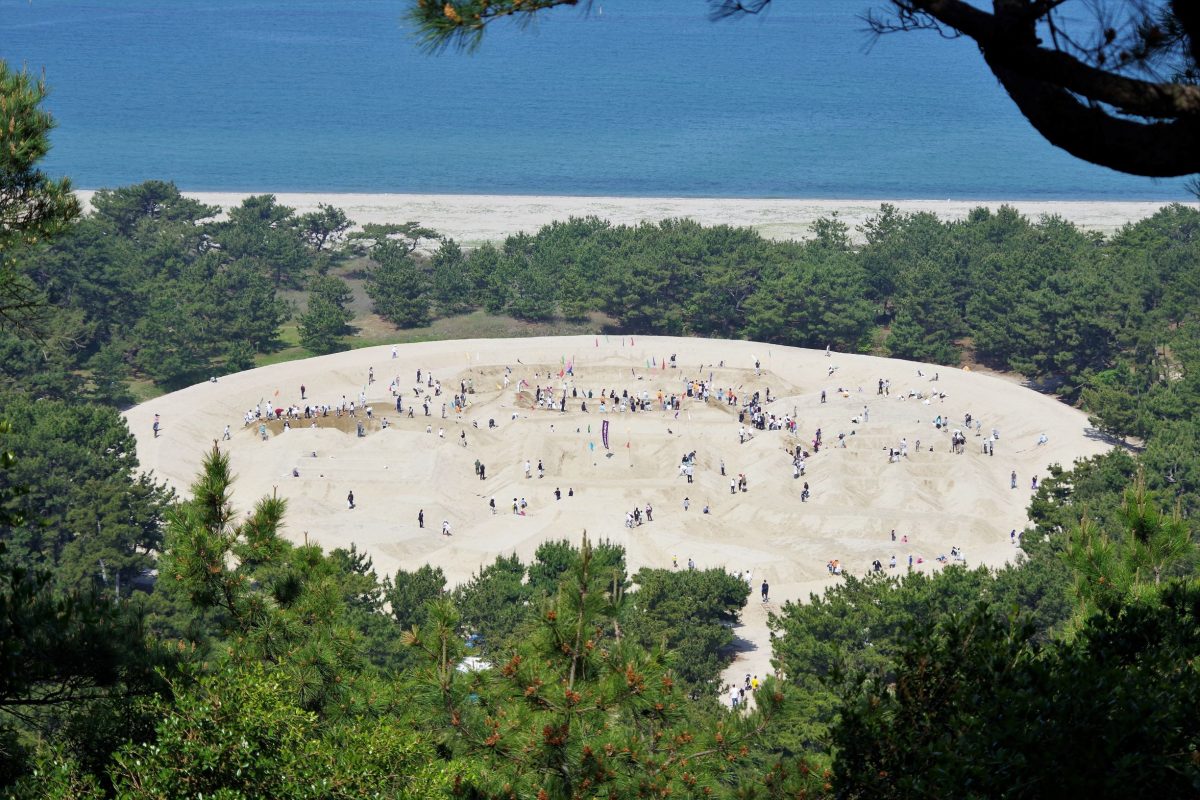
Here you may ask: “What is the effect of rain and wind? How is this sand painting landscape maintained?” and do you have any doubts? In fact, as part of the care of the Zenigata Sunae (sand art of traditional coin), twice a year, in spring and autumn, citizens and tourists carry out a process called ‘sunazarae (砂ざらえ)’, in which sand is raised and shaped with shovels and hoes. It used to be carried out on 29 April every year in spring and on the last Sunday in October or the first Sunday in November in autumn, but in 2020 it was cancelled in spring due to Covid-19, and only city staff carried out the autumn work.
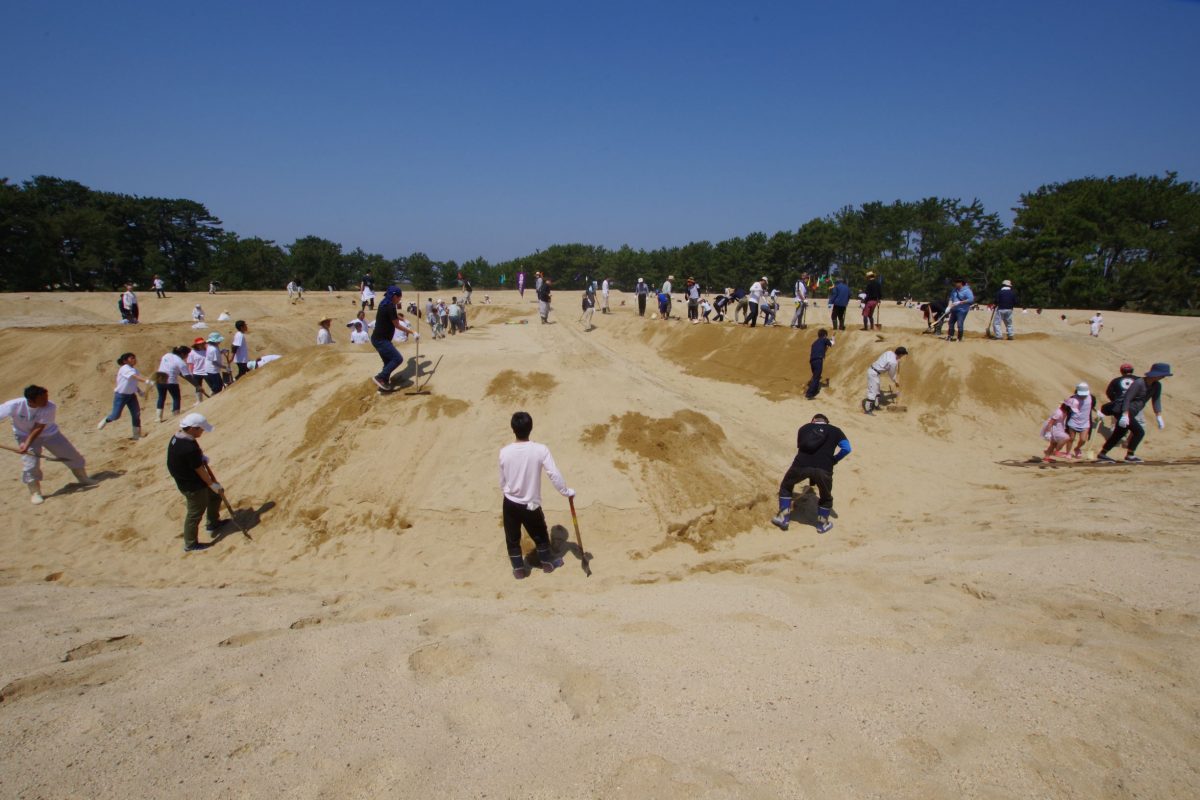
The sand art made people millionnaires?
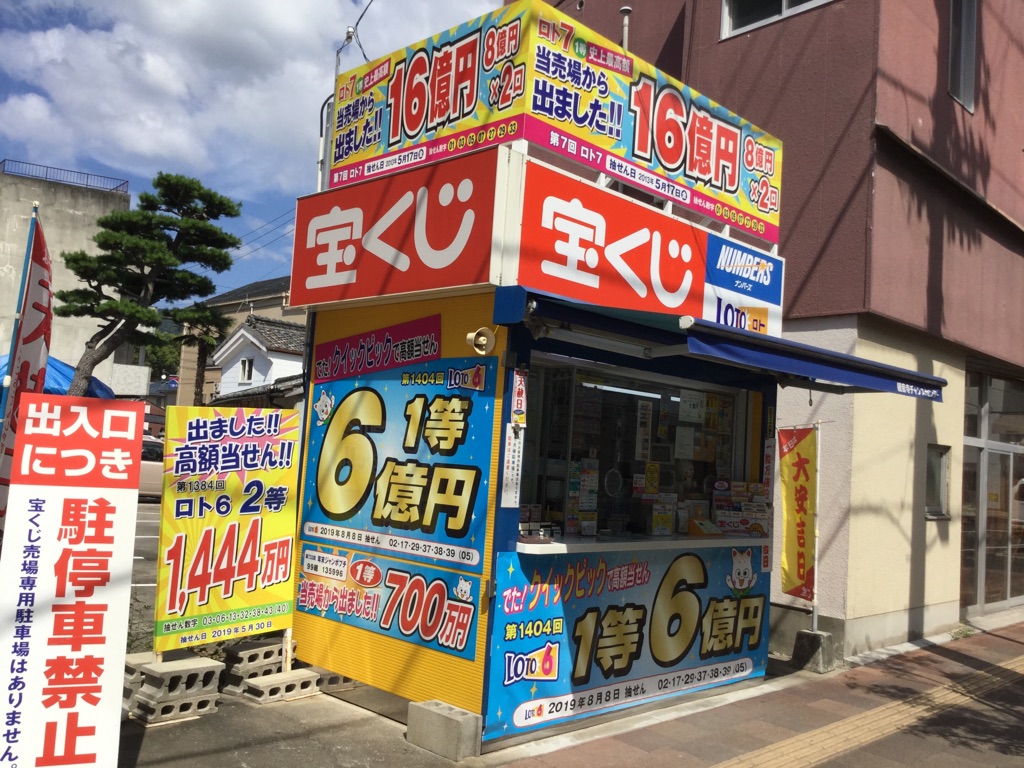
It has long been said that those who have seen the Zenigata Sunae art will live a long and healthy life and have no trouble with money. This rumour quickly became famous in 2013. At the Kanonji Chance Centre, a lottery ticket office in Kanonji City, two lotteries with a prize of 800 million yen, the highest prize in the history of Loto 7 at the time, were won at the same time. Rumour has it that the winners bought their lottery tickets after viewing the Zenigata Sunae, and it has attracted attention as a power spot for financial luck. In August 2019, the highest prize of 600 million yen for Loto 6 was also awarded. Could this have been a coincidence?
At the observatory, some people took photos of the sand paintings and used them as a lock screen for their smartphones. If you go and buy a lottery ticket at the Kan-onji chance centre, where the high lottery tickets were won, after a visit to the Zenigata Sunae to boost your financial luck, you might just get the biggest win of your life?
Kan-on-ji City website
Kan-on-ji City website
Kan-on-ji Tourist Association website
Kan-on-ji Tourist Association
Kan-on-ji Chance Centre
1171-14 Kou, Kanonji-cho, Kanonji, Kagawa, Japan
Opening hours: 10:00-18:00
Kan-on-ji Chance Centre
This article is translated from https://intojapanwaraku.com/rock/travel-rock/152729/







